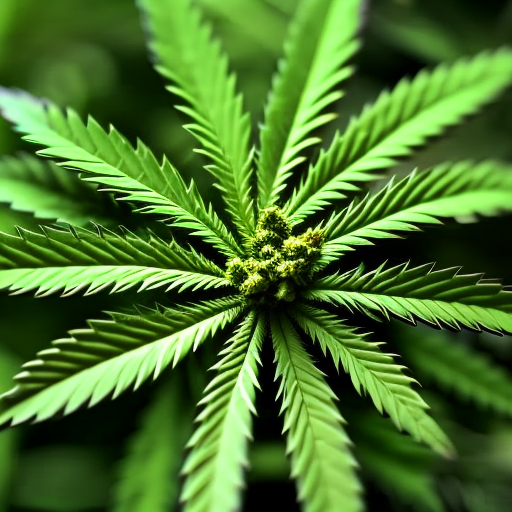 The vaping crisis of 2019 in North America raised serious concerns regarding the safety of tobacco and cannabis vaping products containing vitamin E acetate. Over 50 fatalities and thousands of lung injuries were attributed to these products. As a response to these risks, both the United States and Canada have implemented strict measures targeting the vape industry, with potential implications for the cannabis sector.
The vaping crisis of 2019 in North America raised serious concerns regarding the safety of tobacco and cannabis vaping products containing vitamin E acetate. Over 50 fatalities and thousands of lung injuries were attributed to these products. As a response to these risks, both the United States and Canada have implemented strict measures targeting the vape industry, with potential implications for the cannabis sector.
Health Canada recently announced plans to assess the emissions from cannabis vape products due to health and safety apprehensions. The agency reported 15 cases of vaping-related lung illnesses, mostly linked to illicit vape products. With the recent legalization of cannabis vape products under the ‘Cannabis 2.0’ rollout, Health Canada is ramping up its research efforts in this area.
The US FDA has also taken steps to address the vaping crisis by introducing new restrictions on flavored vape products. The agency ordered companies to remove their flavored vape products from the market within 30 days, with exceptions for tobacco and menthol flavors. This move aims to curb youth e-cigarette use and reduce potential health risks associated with these products.
In addition to government regulations, social media platforms like Instagram are tightening their policies on vape promotion. The platform announced stricter enforcement against the promotion of vaping by social media influencers, along with prohibitions on tobacco use and weapons promotion. These measures aim to enhance transparency and protect users from potentially harmful content.
Despite these crackdowns, some members of the cannabis industry criticize these actions as inadequate solutions that fail to address the root cause of dangerous vape products. By advocating for proper legalization and regulation at the federal level, stakeholders believe that a safer supply of cannabis products can be ensured without harmful additives like vitamin E acetate.
Overall, the recent crackdowns on vaping in North America highlight the urgent need for comprehensive regulatory measures to safeguard public health and mitigate risks associated with vape products. Continued research, education, and collaboration between government agencies, industry stakeholders, and social media platforms are essential in addressing these pressing concerns.

